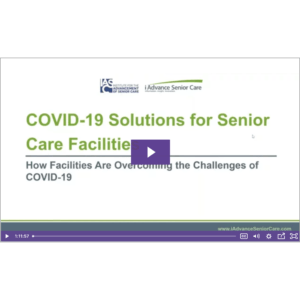CMS issues emergency preparedness rule
The Centers for Medicare & Medicaid Services (CMS) doesn’t want panic to ensue when disaster strikes.
CMS has issued a finalized rule to ensure certain participating healthcare providers have and are consistent in their emergency preparedness. The new requirements will improve patient safety during emergencies and aim to offer a more coordinated response to both natural and man-made disasters.
“Situations like the recent flooding Baton Rouge, Louisiana, remind us that in the event of an emergency, the first priority of healthcare providers and suppliers is to protect the health and safety of their patients,” said Patrick Conway, MD, MSc, CMS Deputy Administrator and Chief Medical Officer, in a press release. “Preparation, planning and one comprehensive approach for emergency preparedness is key. One life lost is too many.”
CMS found the current regulatory requirements were not comprehensive enough, so the new requirements will mandate certain preparedness standards for participating providers and suppliers. These standards are specific to the characteristics of each type of provider and supplier to plan for disasters and were developed in coordination with federal, state tribal, regional and local emergency preparedness systems. For example, hospitals, critical access hospitals and long-term care facilities will be required to install and maintain emergency and standby power systems based on their emergency plan.
Participating Medicare and Medicaid providers and suppliers must follow four well-known industry best practice standards:
- Perform a risk assessment and develop an emergency plan using an all-hazards approach for the capacities and capabilities for a full spectrum of emergencies or geographic-specific disasters.
- Develop and implement policies and procedures based on the plan and risk assessment.
- Maintain a communication plan that complies with both federal and state law. Patient care must also be well-coordinated within the facility, across healthcare providers and with state and local public health departments and emergency systems.
- Conduct initial and annual trainings as well as drills to test the plan.
Regulations will be effective 60 days after publication in the Federal Register.

Nicole was Senior Editor at I Advance Senior Care and Long Term Living Magazine 2015-2017. She has a Journalism degree from Kent State University and is finalizing a master’s degree in Information Architecture and Management. She has extensive studies in the digital user experience and in branding online media. She has worked as an editor and writer for various B2B publications, including Business Finance.
Related Articles
Topics: Disaster Preparedness , Executive Leadership , Medicare/Medicaid











